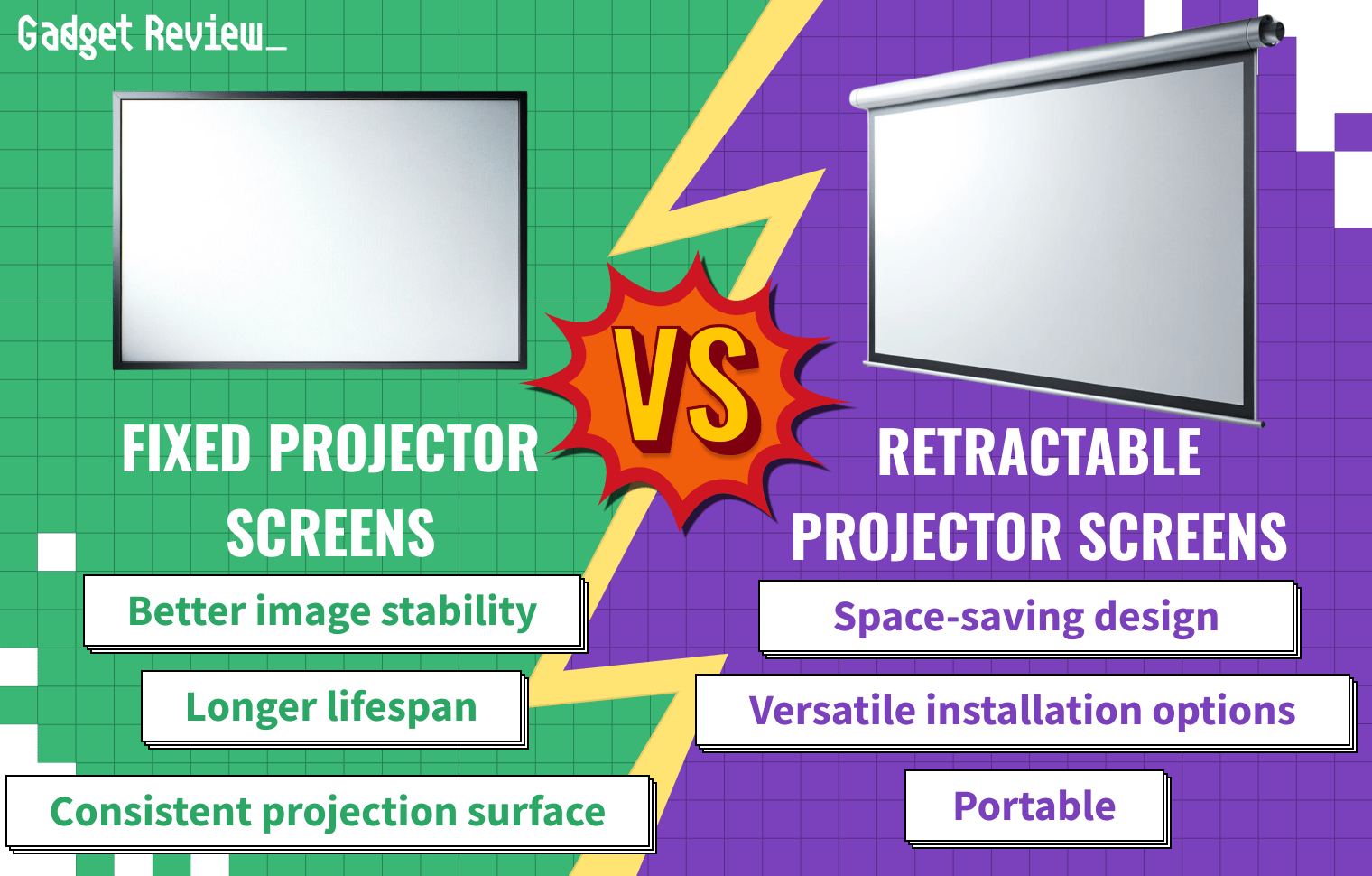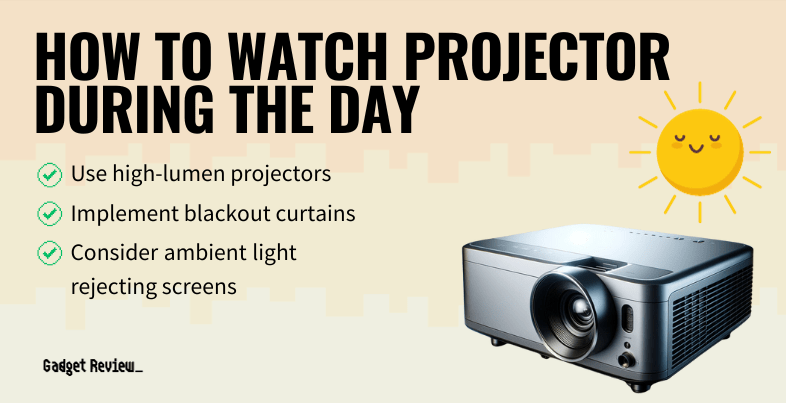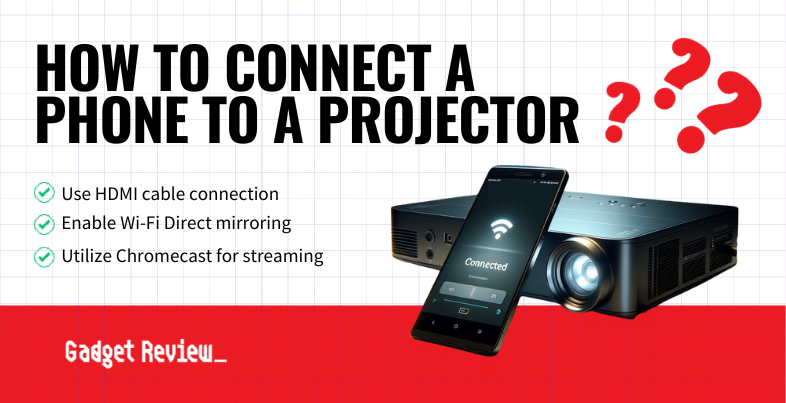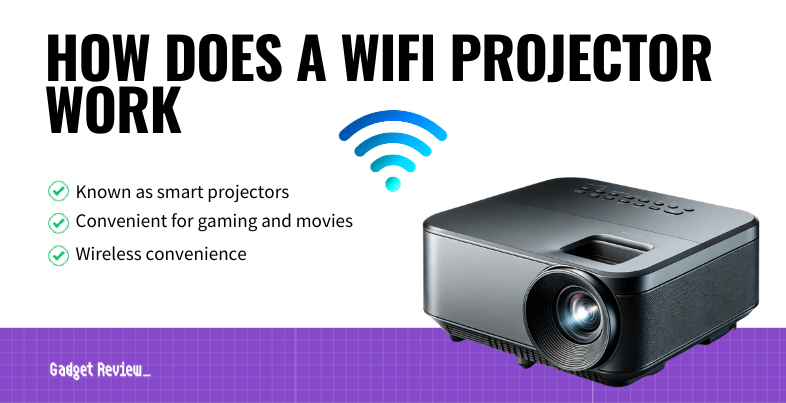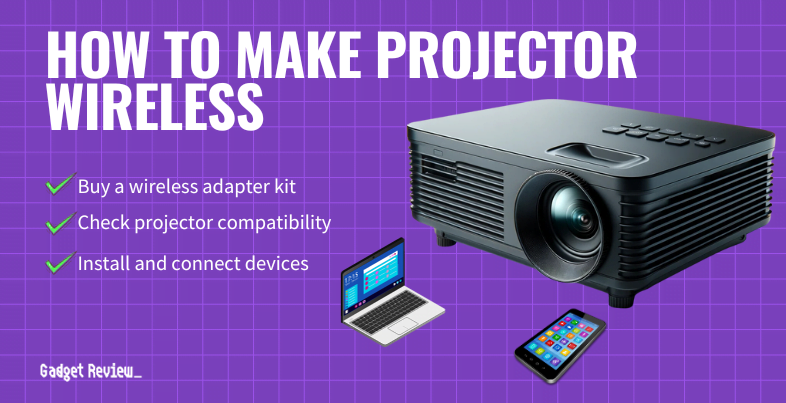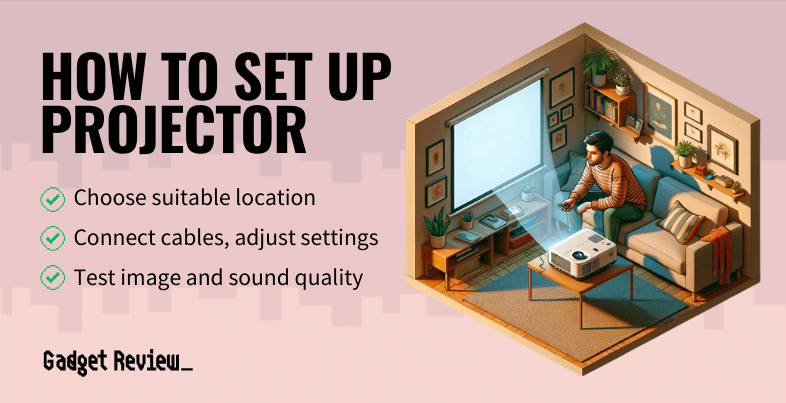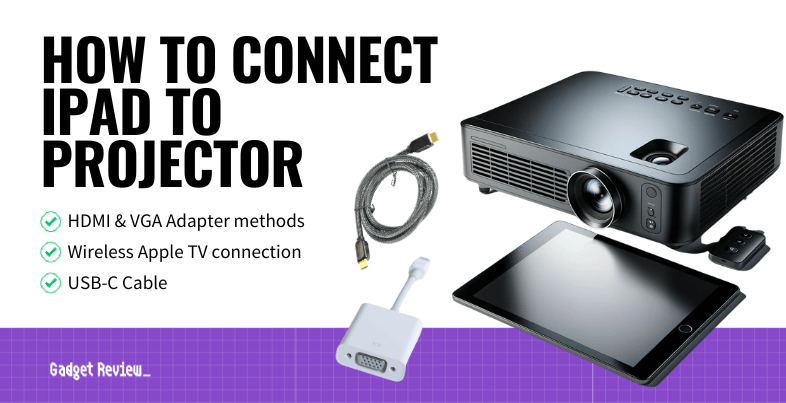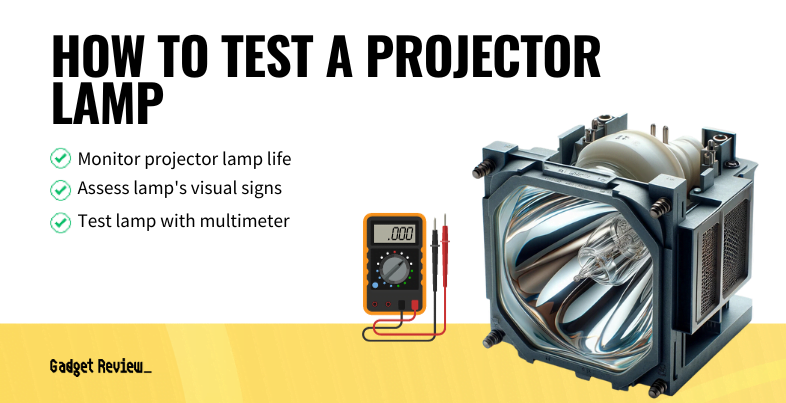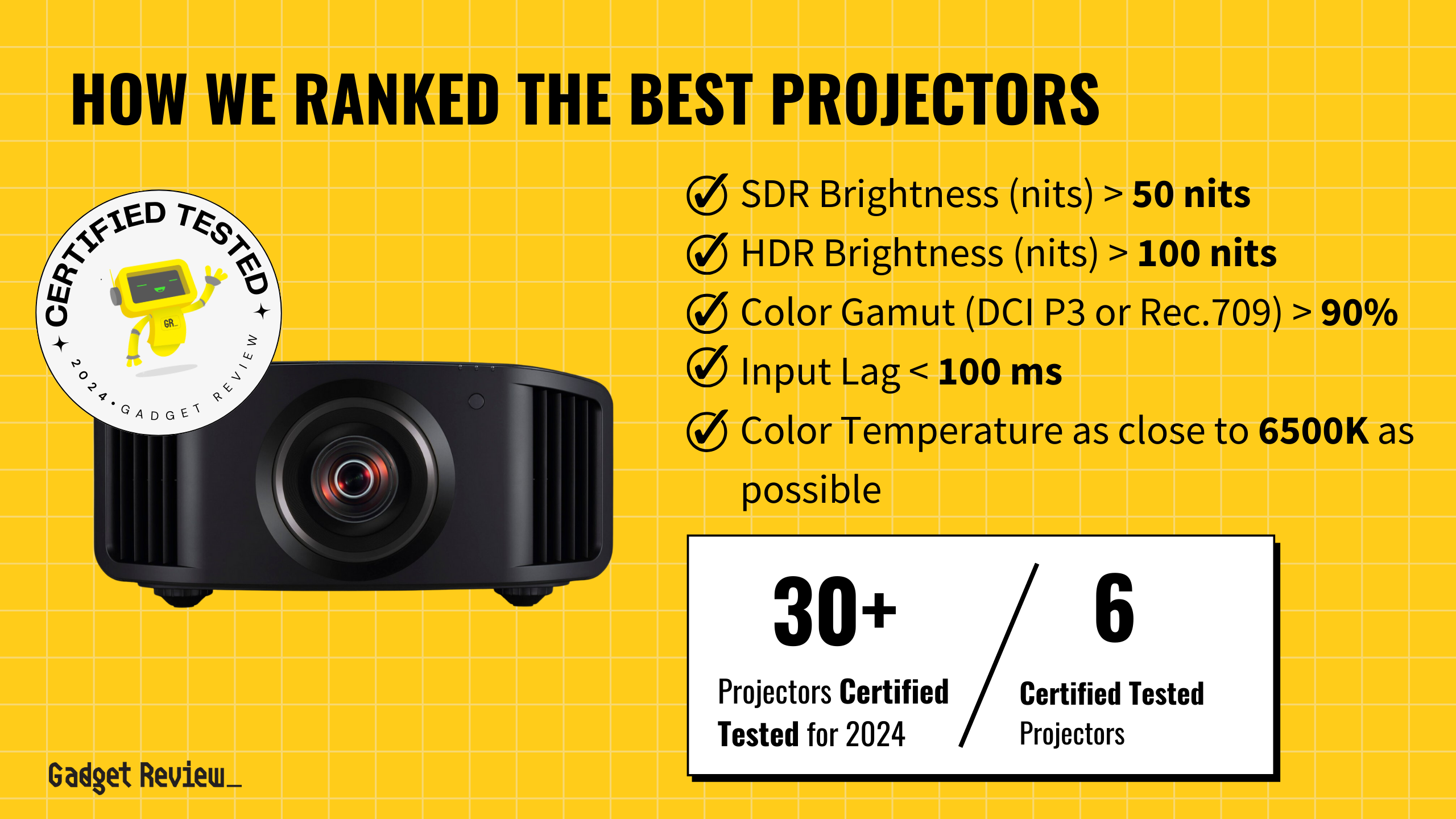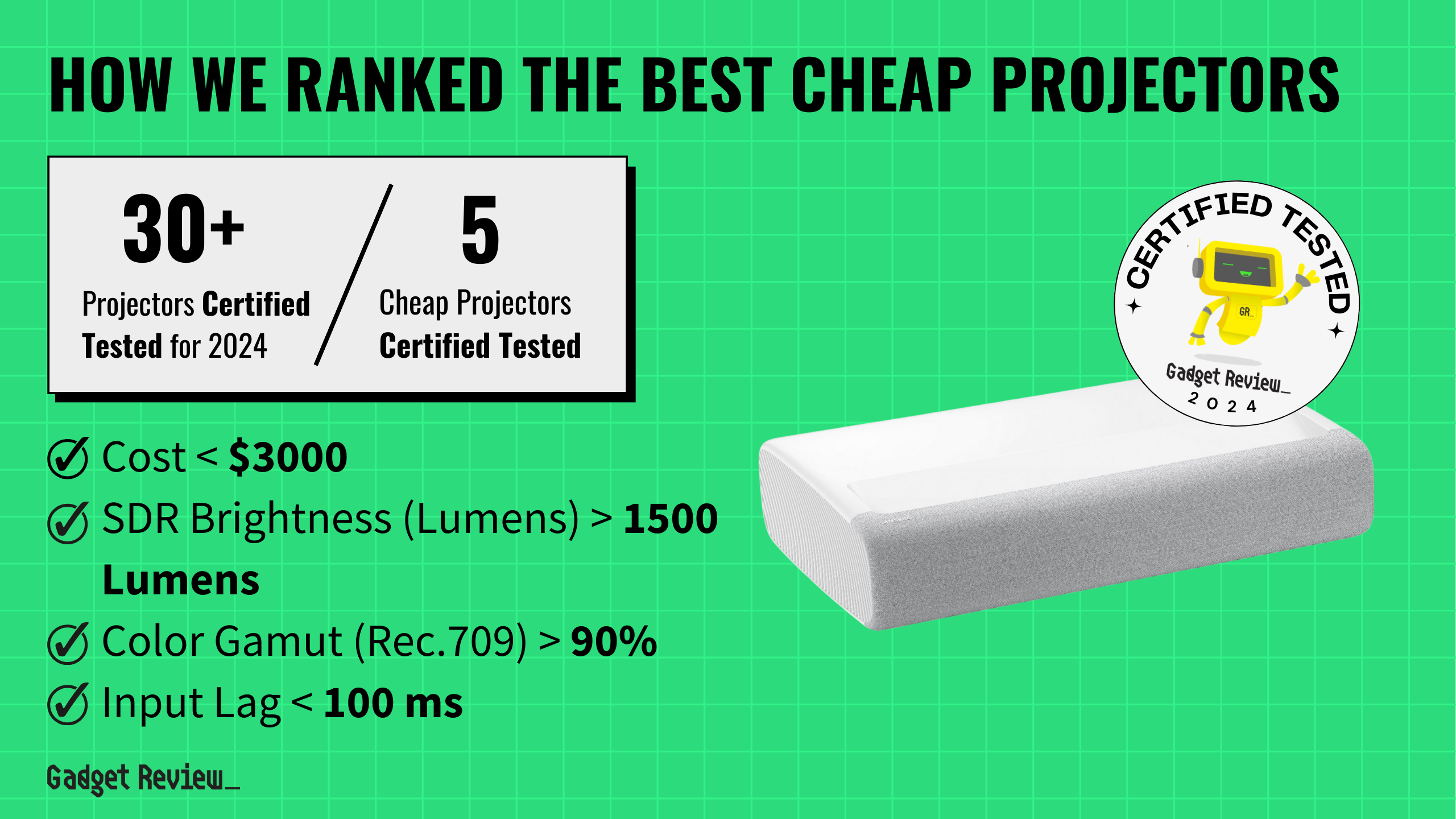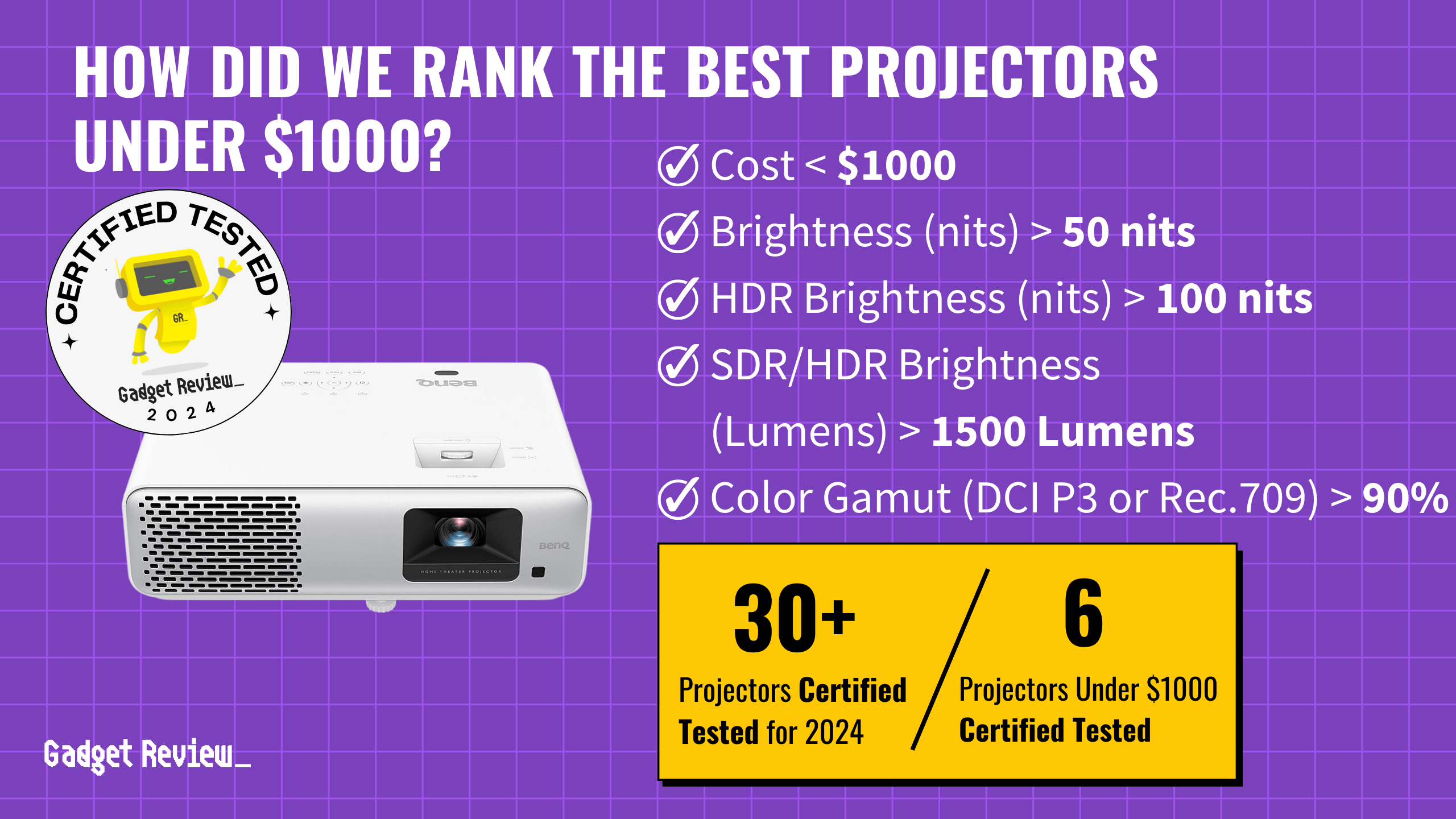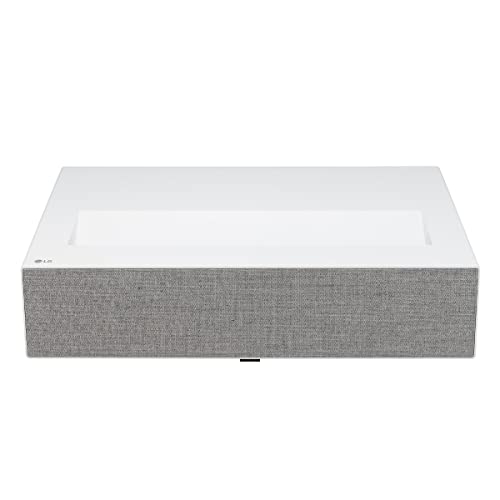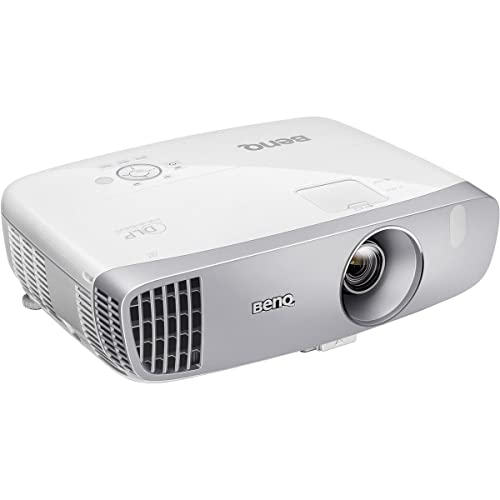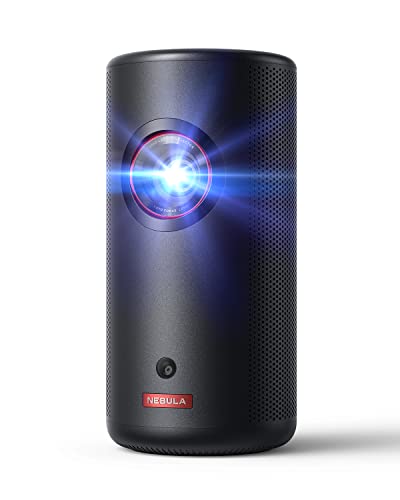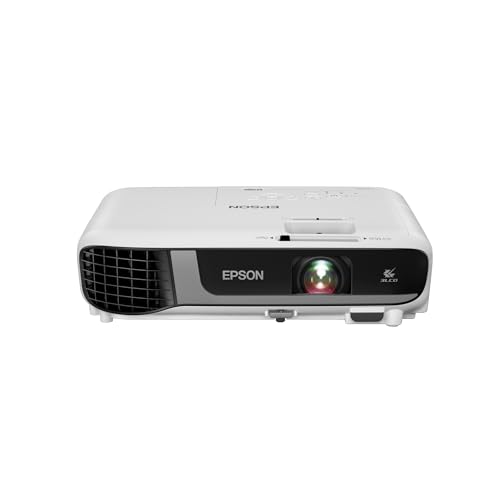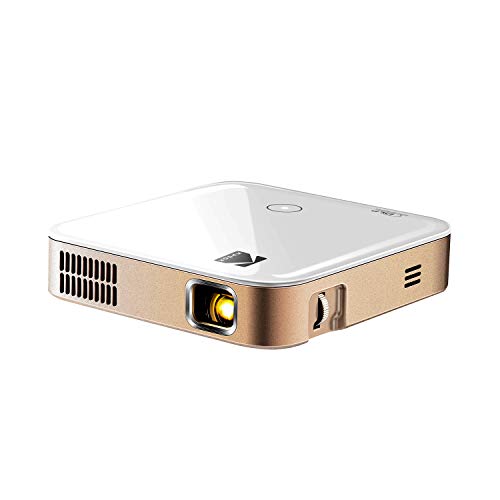You will find yourself deciding between a fixed screen vs a pull-down for a projector at some point in your purchasing process. Both types of screens have advantages like a wide viewing angle, and your options will likely rely on the best projectors and their uses.
Key Takeaways_
- A fixed screen is an affordable product that has greater ease of use and lower overall weight.
- Retractable screens are ideal for multi-use spaces, such as conference rooms, classrooms, and living rooms.
- Because they can be stowed and put away, pull-down projector screens weigh and cost more than fixed models.
Differences Between Fixed and Retractable Projector Screens
Fixed screens offer better picture quality and longevity for dedicated spaces, while retractable screens are good for various use cases.
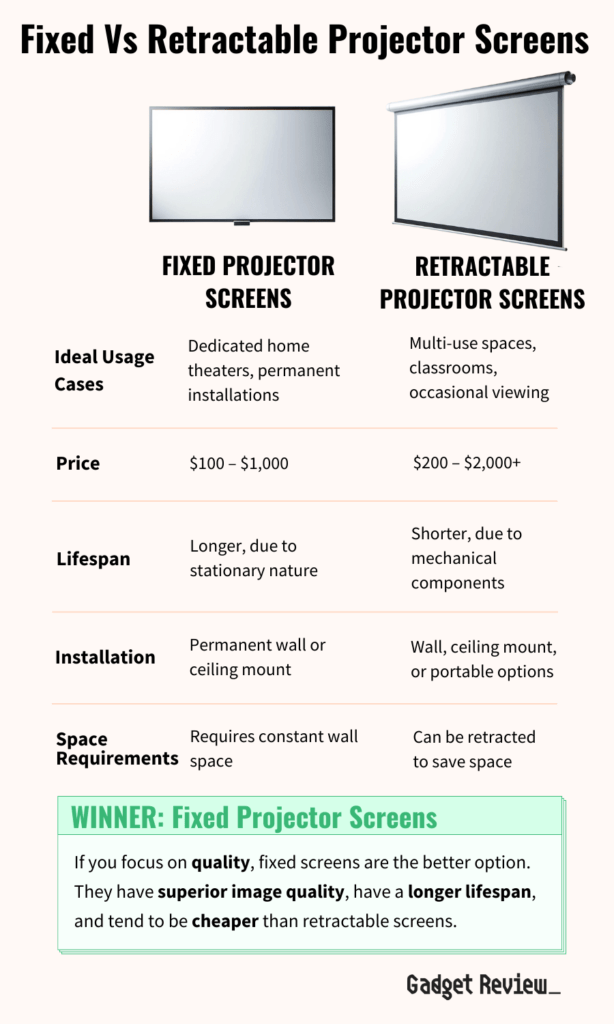
Consumers with home theater rooms typically prefer fixed frame screens because the room will only be used for viewing content, including your favorite movies and TV shows. This type of frame offers a large size for home theater enthusiasts and high-end professional viewing in low ambient light rooms.
insider tip
Fixed frame screens are easier to use and avoid the chance of the screen getting stuck halfway open.
Meanwhile, a manual pull-down screen or electric screen is ideal for conference rooms and rooms that serve multiple purposes. Manual screens are used more in entry-level spaces, while a motorized screen remains more expensive and essential for offices and schools alike. You may also want to consider your desired projector’s native resolution vs. supported resolution.
Weight of Retractable and Fixed Screens
One of the primary advantages of a fixed projection screen relates to the weight. A manual or electric screen typically weighs more than its fixed counterparts. This weight difference stems from the additional components required to house the screen when it is compact. The motorized elements of retractable screens add to their weight and space requirements. This factor is crucial for those with limited space or who prefer a more minimalistic setup. The potential mechanical issues that could occur with motorized retractable screens can also help readers make a more informed choice.
Additionally, electronic retractable screens need a motor and additional mechanisms to safely lower or raise the projection screen surface. With a fixed frame screen, you need only the screen material and other components, and the screen can be hung on most walls, including a wall with a cutout for the great quiet projector if you want rear projection as one of your screen innovations.
Ease of Use for Projection Screens
When it comes to projector screens and the projectors themselves, you should easily use the device how and when you want. However, some screens require more effort than others. In general, fixed frame screens offer the highest ease of use since they do not have to be pulled down or retracted. Instead, they hang on the wall, available whenever you want to use them.
warning
Some projection screens are fixed in place, but retractable projectors offer a way to stow the screen in multipurpose rooms.
On the other hand, portable projector screens require more effort for each use, even if the screen is a motorized or electric projector screen. You may also need to reduce ambient light in multi-purpose locations.
Variety in Retractable Screens
Retractable screens, including manual, floor, tripod, and folding types, offer a range of applications, each with unique installation requirements and height adjustments. These screens cater to different projection surface needs and are suited for varying audience sizes. People looking for versatile screen solutions to fit their budget and space constraints can choose from these options. Some retractable screens even come with a remote control for added convenience.
Screen Masking Feature
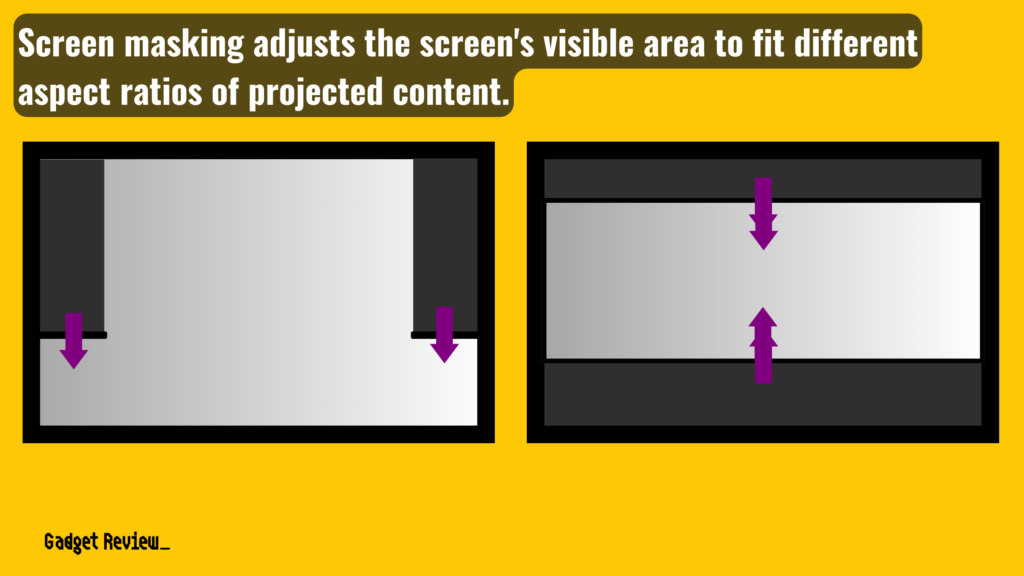
The screen masking technology in certain retractable screens allows for changing the aspect ratio, providing an adaptable white screen for various image sizes. This feature is essential for home theater enthusiasts seeking a professional cinema experience. It matches the projected image to the desired aspect ratio, enhancing the overall quality of the projection surface.
Projector Screen Issues
The biggest detractor from using a retractable screen appears when the screen gets stuck halfway open. If you are trying to watch content, you will have to figure out how to open the product the rest of the way, and you may have to decide how to close it completely if you struggle when it’s closing. Even motorized screens face these problems sometimes, and it can take a while to figure out how to fix the issue. You may want to pull the screen down ahead of time to optimize your presentation time.
Over time, retractable screens’ image quality can decline due to the constant retraction versus a fixed screen. On the other hand, a fixed screen is a permanent installation so it doesn’t offer any flexibility to users. A fixed screen isn’t going anywhere, so make sure you’re confident that you won’t need to move the screen later on. Again fixed screens are a great option for home theaters.
Affordability of Screens
Fixed screens offer a lower-cost option for home theater users on a budget. But, weigh your options regarding a rear projector screen vs a front one before you buy. Similar to weight, the affordability comes from the fact that these screens don’t have to retract, ultimately requiring fewer parts.
STAT: We recommend spending around 15-30 percent of your projector cost on the type of projection screen that would be the most suitable for matching the quality-to-cost ratio with your projector. (source)
Additionally, an electric screen has to have a power source and mechanisms to close the screen. Adding these mechanisms and the required housing makes most retractable screens more expensive. However, portable and electric screens allow you to stow them when they are not in use. You should also consider whether you want to use a wireless projector vs. a wired projector.


